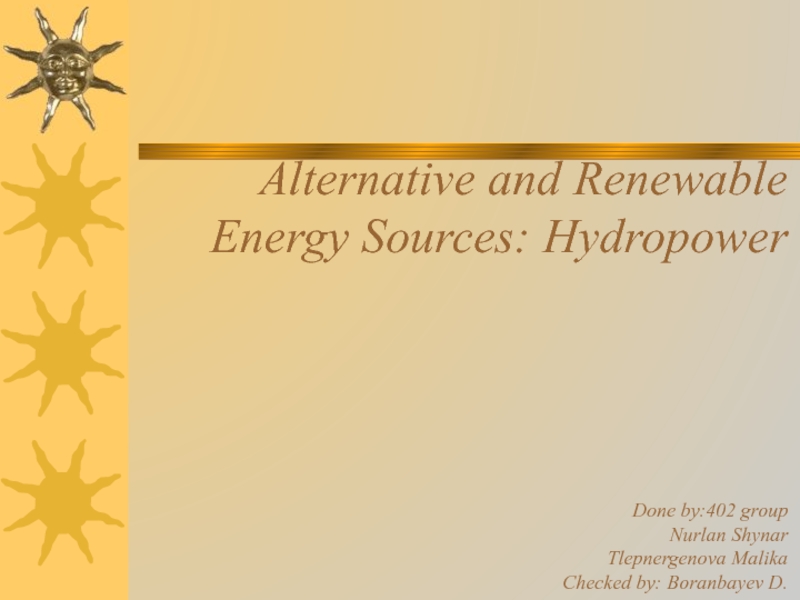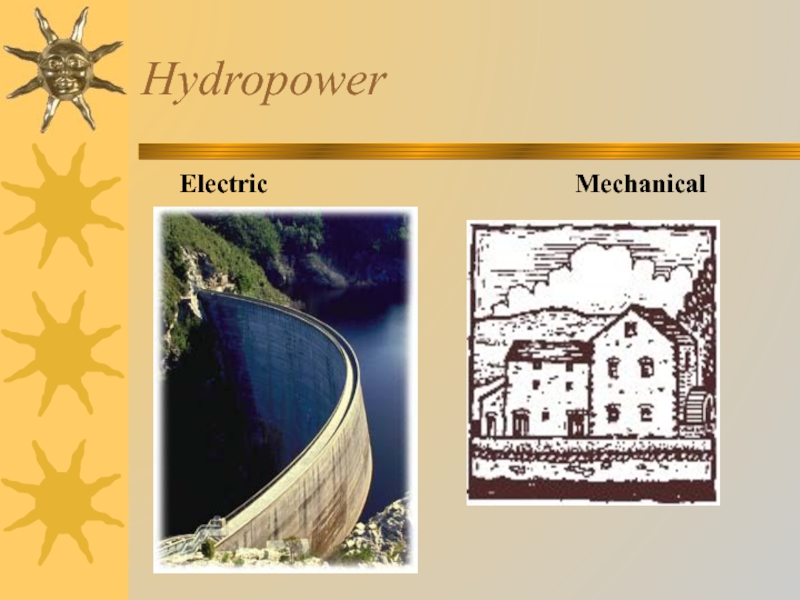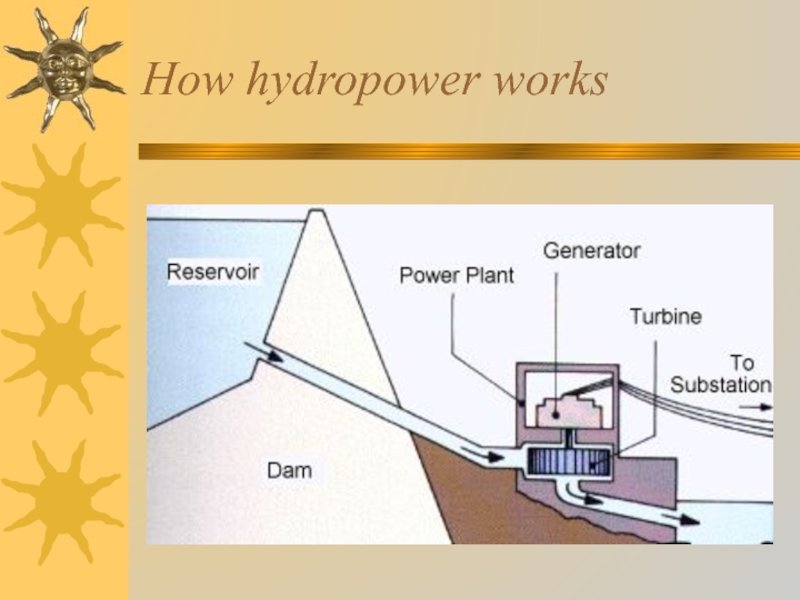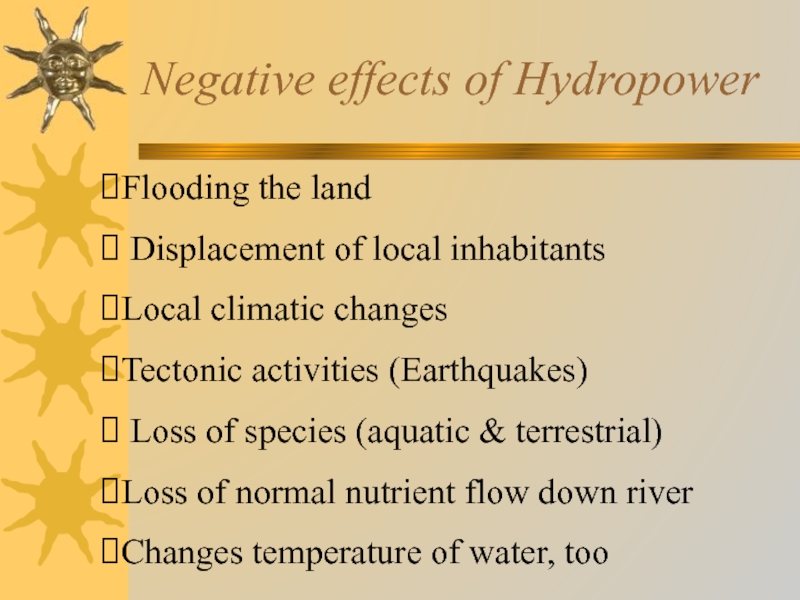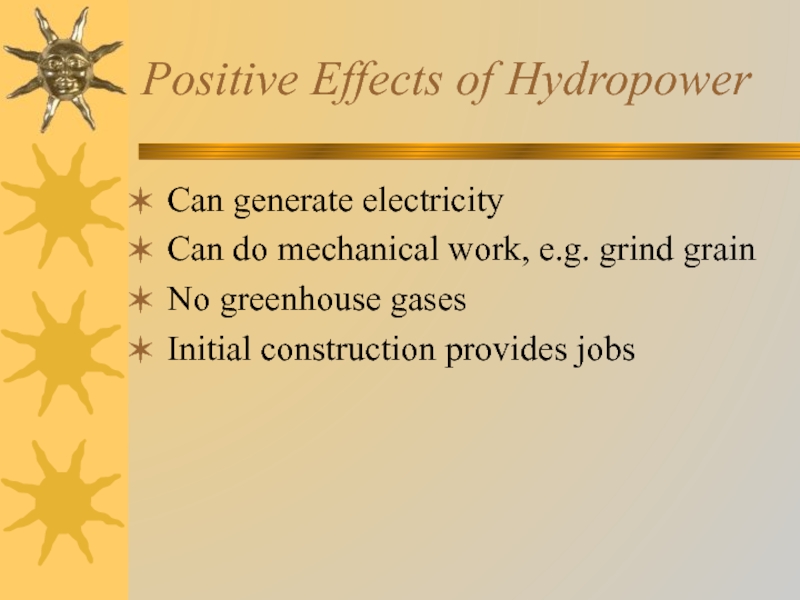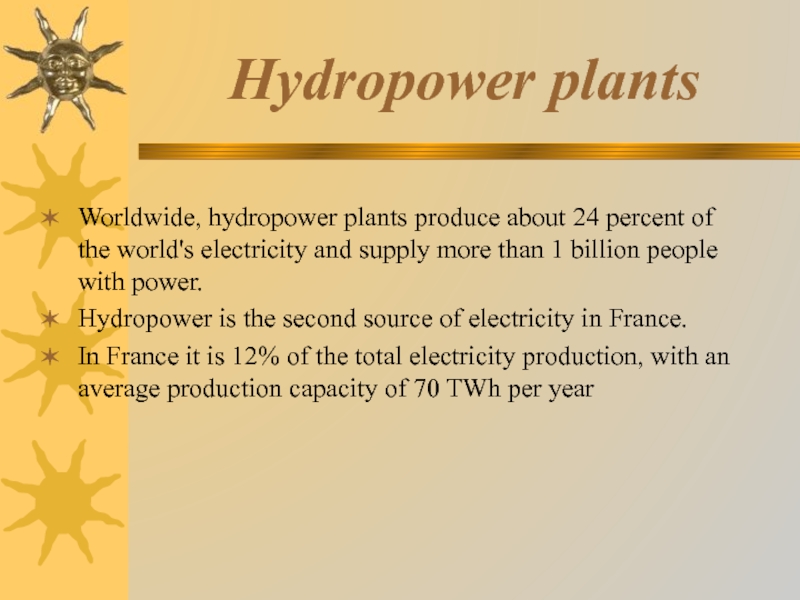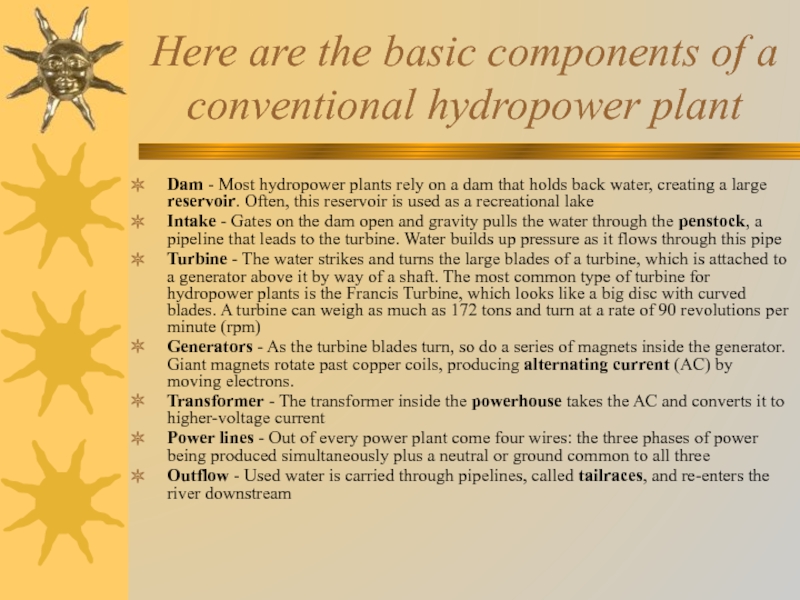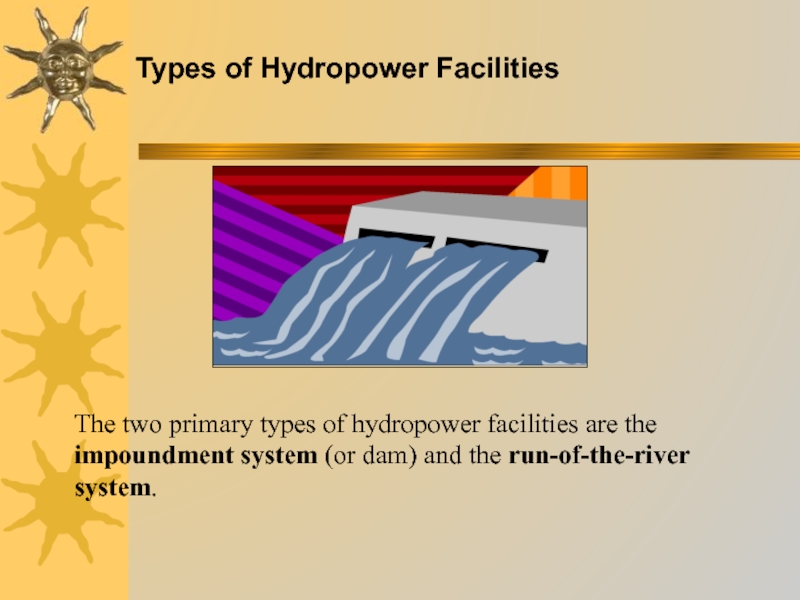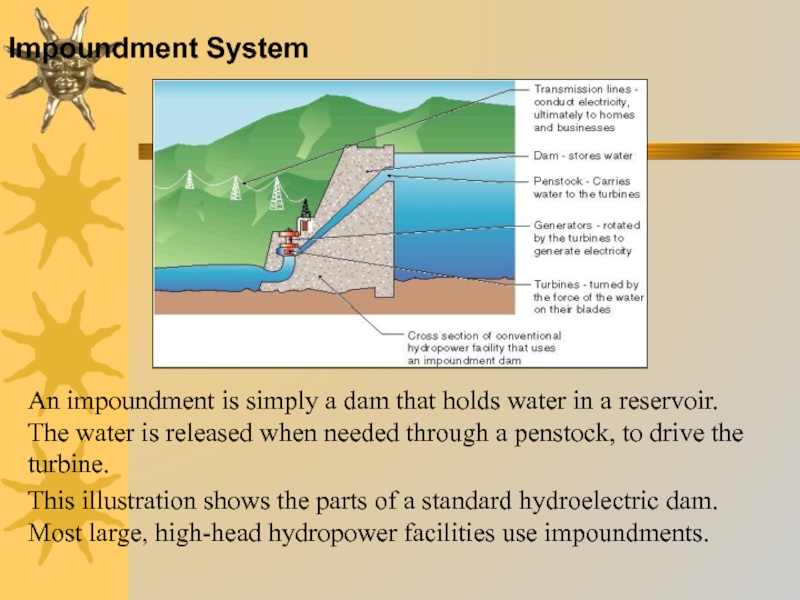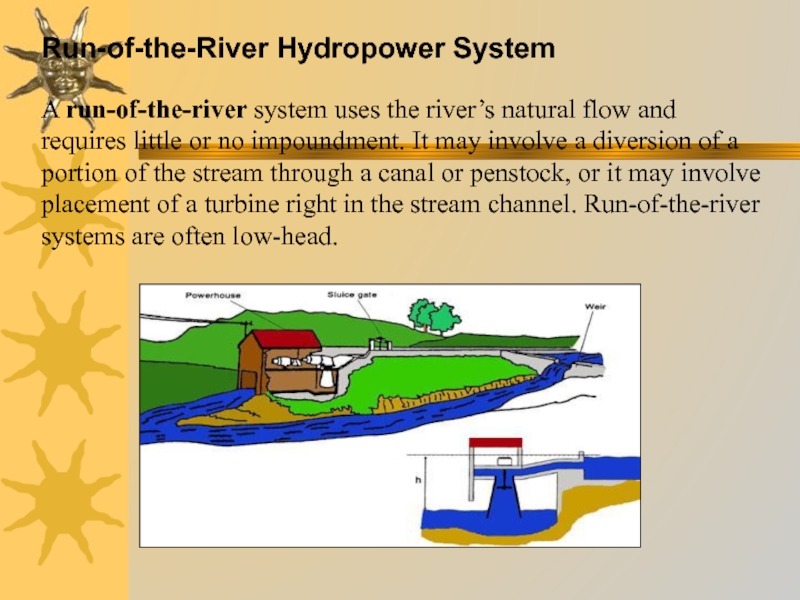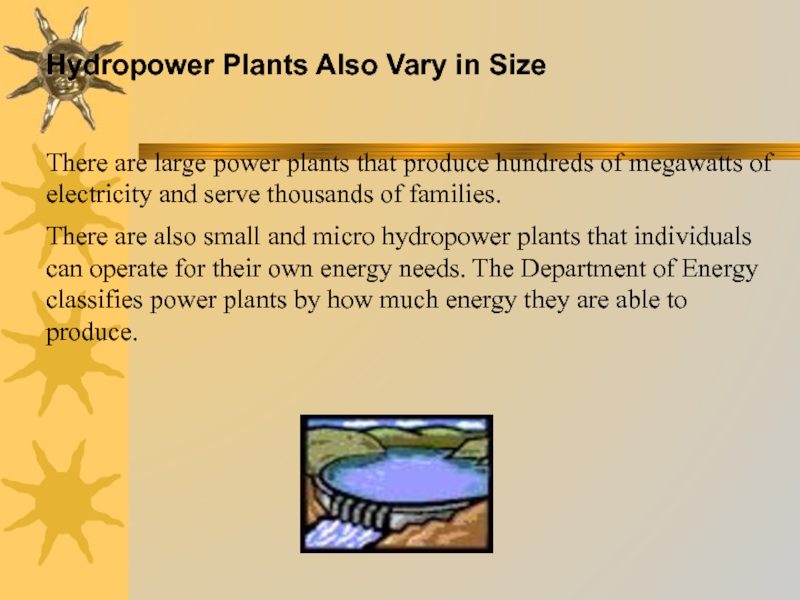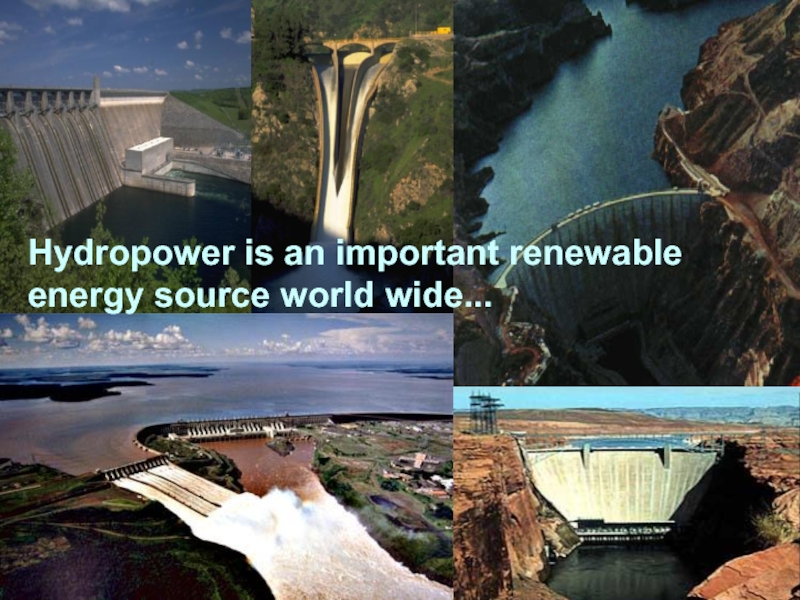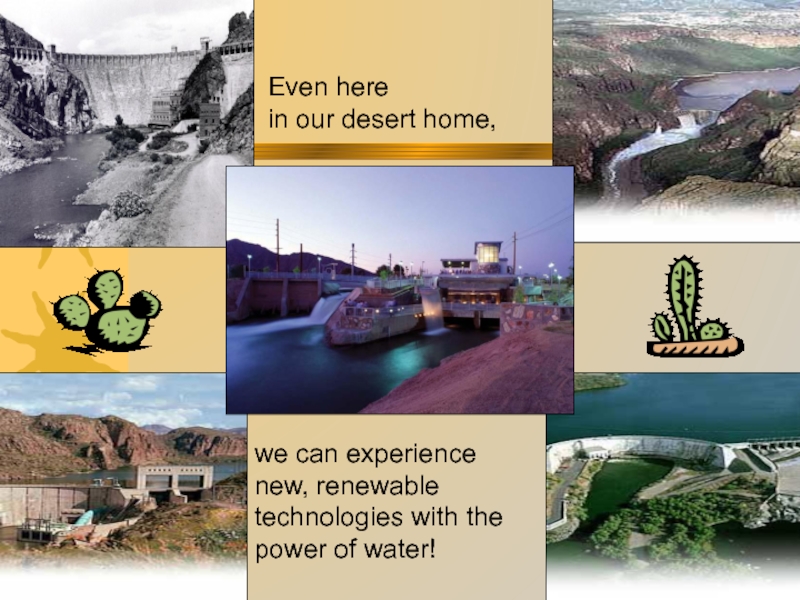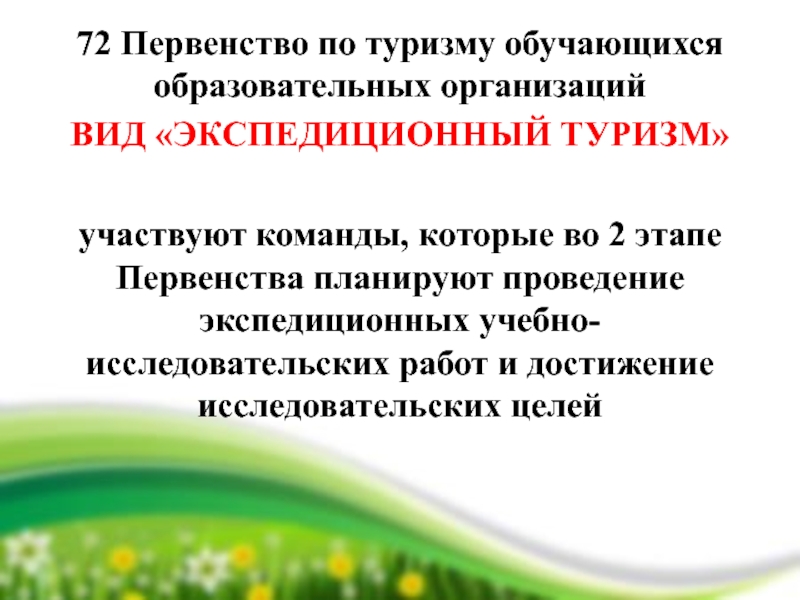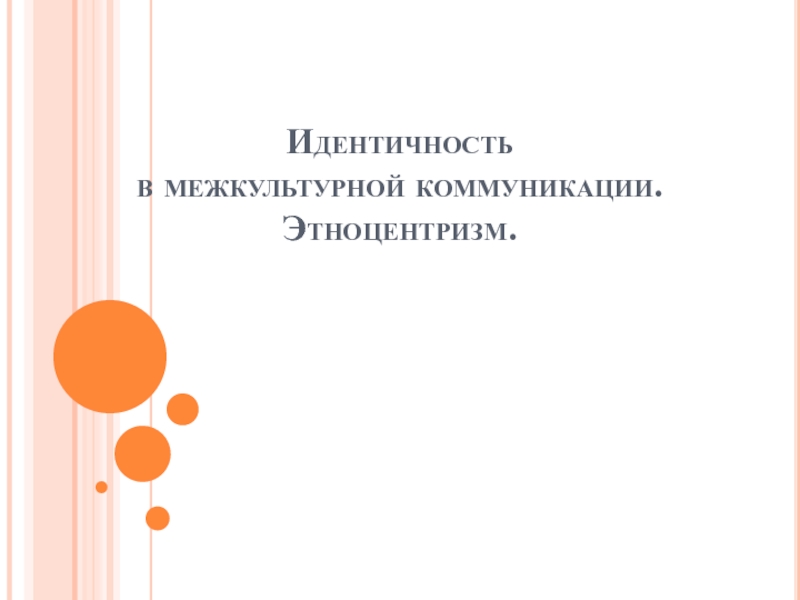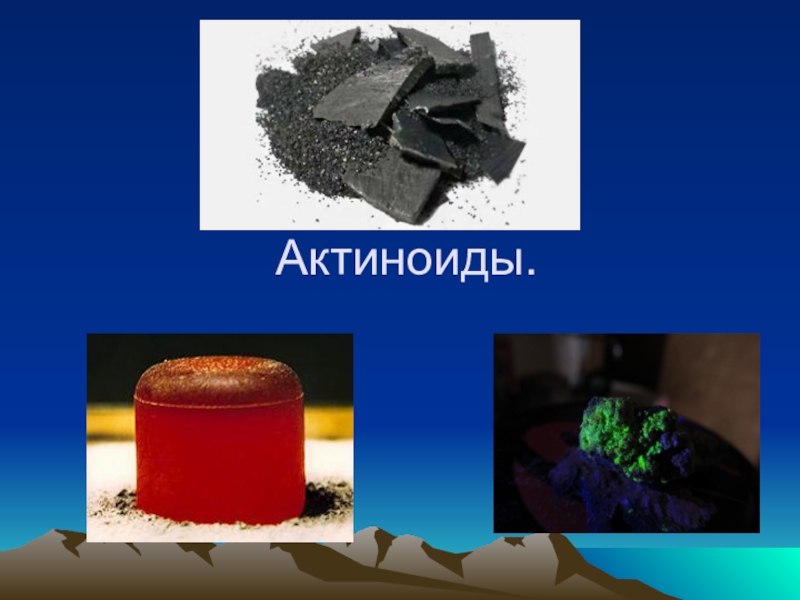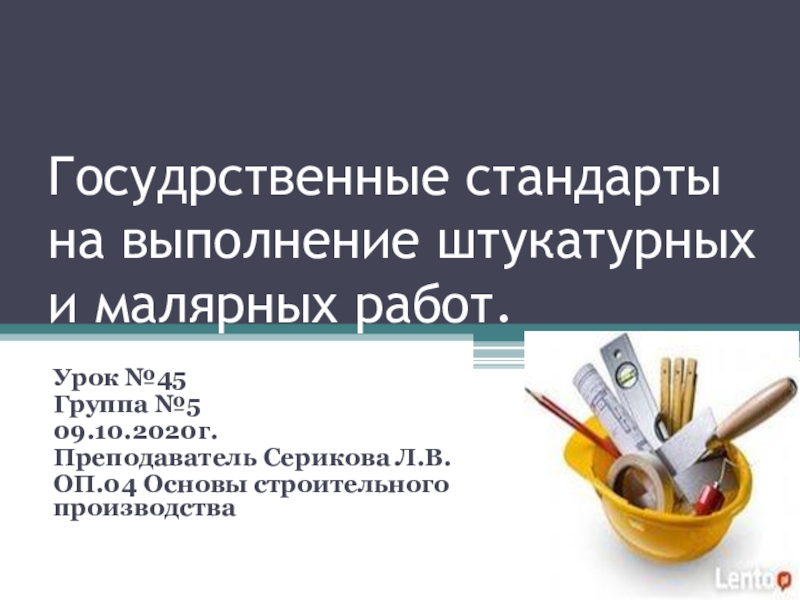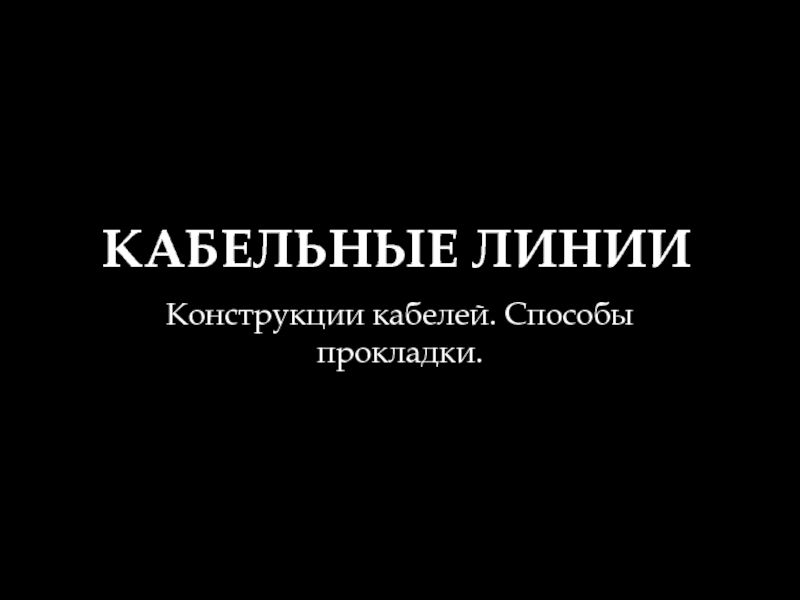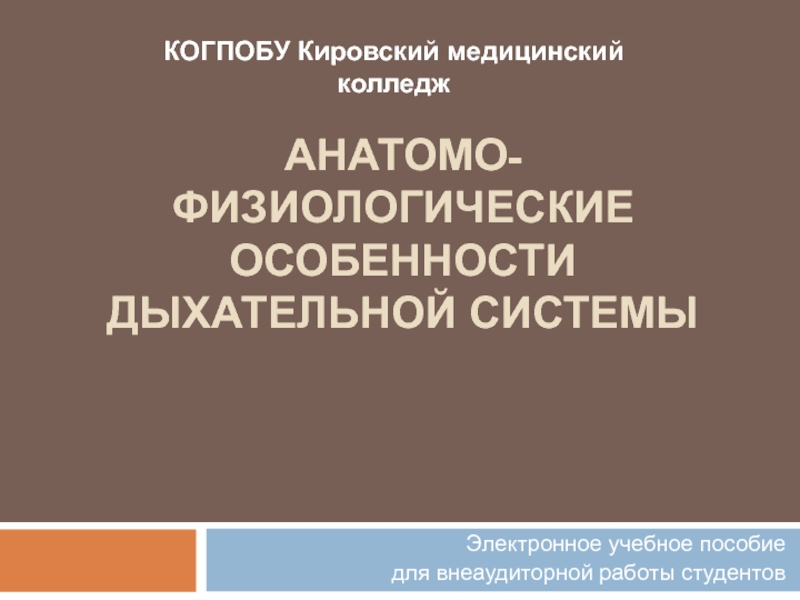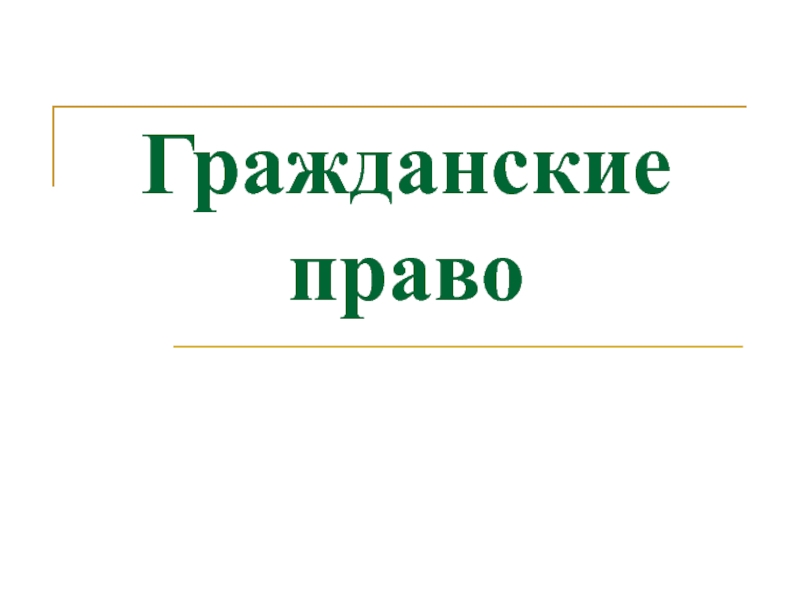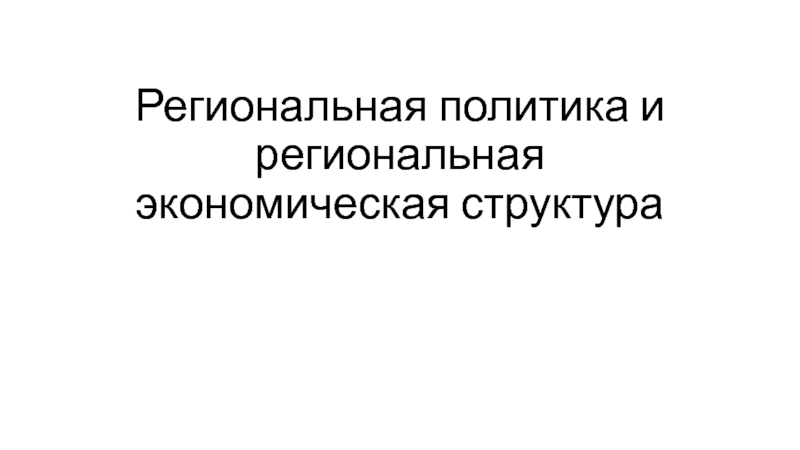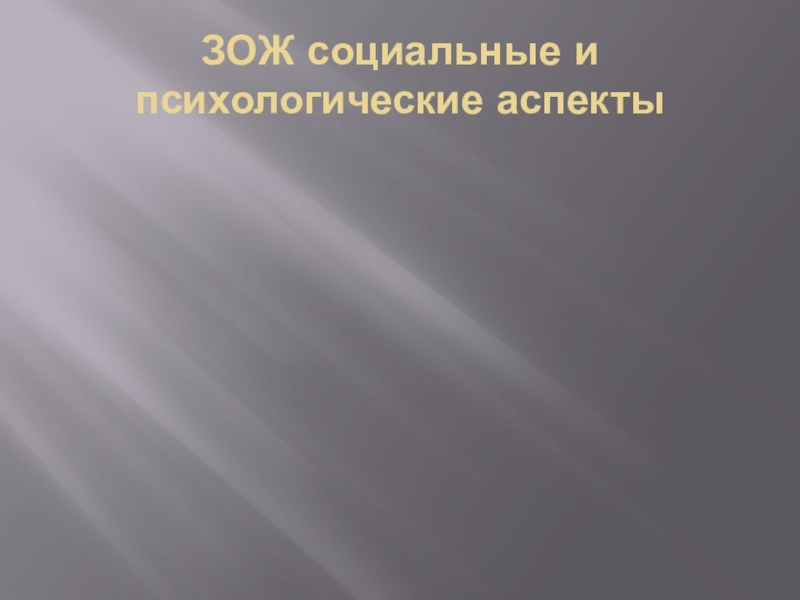Разделы презентаций
- Разное
- Английский язык
- Астрономия
- Алгебра
- Биология
- География
- Геометрия
- Детские презентации
- Информатика
- История
- Литература
- Математика
- Медицина
- Менеджмент
- Музыка
- МХК
- Немецкий язык
- ОБЖ
- Обществознание
- Окружающий мир
- Педагогика
- Русский язык
- Технология
- Физика
- Философия
- Химия
- Шаблоны, картинки для презентаций
- Экология
- Экономика
- Юриспруденция
Alternative and Renewable Energy Sources: Hydropower Done by:402 group Nurlan
Содержание
- 1. Alternative and Renewable Energy Sources: Hydropower Done by:402 group Nurlan
- 2. HydropowerElectric
- 3. How hydropower works
- 4. Negative effects of HydropowerFlooding the land Displacement
- 5. Positive Effects of HydropowerCan generate electricityCan do
- 6. Hydropower plantsWorldwide, hydropower plants produce about 24
- 7. Here are the basic components of a
- 8. The two primary types of hydropower facilities
- 9. An impoundment is simply a dam that
- 10. Run-of-the-River Hydropower System A run-of-the-river system uses
- 11. Hydropower Plants Also Vary in SizeThere are
- 12. Hydropower is an important renewable energy source world wide...
- 13. we can experience new, renewable technologies with
- 14. Скачать презентанцию
HydropowerElectric Mechanical
Слайды и текст этой презентации
Слайд 1 Alternative and Renewable Energy Sources: Hydropower Done by:402 group Nurlan Shynar Tlepnergenova Malika Checked
by: Boranbayev D.
Слайд 4Negative effects of Hydropower
Flooding the land
Displacement of local
inhabitants
Local climatic changes
Tectonic activities (Earthquakes)
Loss of
species (aquatic & terrestrial)Loss of normal nutrient flow down river
Changes temperature of water, too
Слайд 5Positive Effects of Hydropower
Can generate electricity
Can do mechanical work, e.g.
grind grain
No greenhouse gases
Initial construction provides jobs
Слайд 6Hydropower plants
Worldwide, hydropower plants produce about 24 percent of the
world's electricity and supply more than 1 billion people with
power.Hydropower is the second source of electricity in France.
In France it is 12% of the total electricity production, with an average production capacity of 70 TWh per year
Слайд 7Here are the basic components of a conventional hydropower plant
Dam - Most hydropower plants rely on a dam that
holds back water, creating a large reservoir. Often, this reservoir is used as a recreational lake Intake - Gates on the dam open and gravity pulls the water through the penstock, a pipeline that leads to the turbine. Water builds up pressure as it flows through this pipe
Turbine - The water strikes and turns the large blades of a turbine, which is attached to a generator above it by way of a shaft. The most common type of turbine for hydropower plants is the Francis Turbine, which looks like a big disc with curved blades. A turbine can weigh as much as 172 tons and turn at a rate of 90 revolutions per minute (rpm)
Generators - As the turbine blades turn, so do a series of magnets inside the generator. Giant magnets rotate past copper coils, producing alternating current (AC) by moving electrons.
Transformer - The transformer inside the powerhouse takes the AC and converts it to higher-voltage current
Power lines - Out of every power plant come four wires: the three phases of power being produced simultaneously plus a neutral or ground common to all three
Outflow - Used water is carried through pipelines, called tailraces, and re-enters the river downstream
Слайд 8
The two primary types of hydropower facilities are the impoundment
system (or dam) and the run-of-the-river system.
Types of Hydropower FacilitiesСлайд 9An impoundment is simply a dam that holds water in
a reservoir. The water is released when needed through a
penstock, to drive the turbine.This illustration shows the parts of a standard hydroelectric dam. Most large, high-head hydropower facilities use impoundments.
Impoundment System
Слайд 10Run-of-the-River Hydropower System
A run-of-the-river system uses the river’s natural
flow and requires little or no impoundment. It may involve
a diversion of a portion of the stream through a canal or penstock, or it may involve placement of a turbine right in the stream channel. Run-of-the-river systems are often low-head.Слайд 11Hydropower Plants Also Vary in Size
There are large power plants
that produce hundreds of megawatts of electricity and serve thousands
of families.There are also small and micro hydropower plants that individuals can operate for their own energy needs. The Department of Energy classifies power plants by how much energy they are able to produce.
